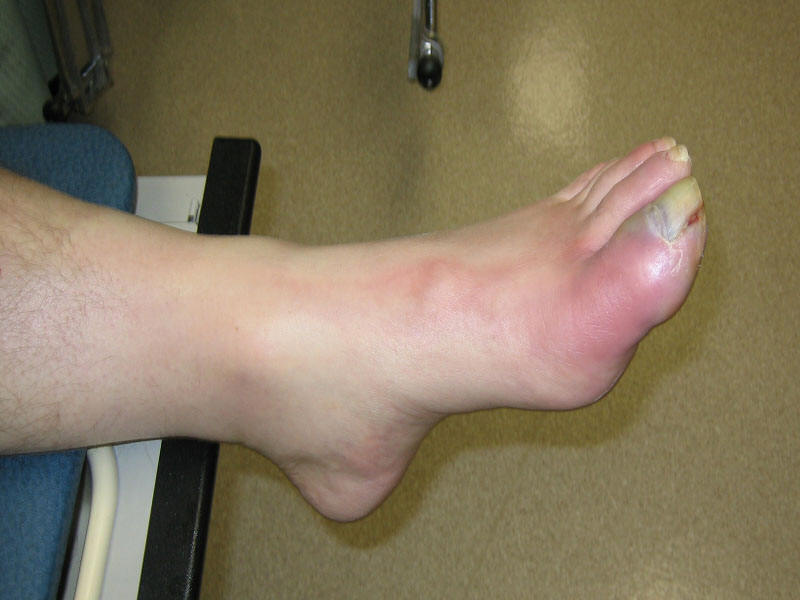Osteomyelitis Causes, Symptoms, Diagnosis and Treatment

What is Osteomyelitis?
Osteomyelitis is an infection of a bone. Many different types of germs (bacteria) can cause osteomyelitis. However, infection with a bacterium called Staphylococcus aureus is the most common cause. Infection with a fungus is a rare cause. The long bones of the leg (femur, tibia and fibula) are the most commonly affected. However, osteomyelitis can affect any bone (although it is very rare in some bones).
Causes of Osteomyelitis
Germs can enter a bone in a variety of ways, including:
- The bloodstream. Germs in other parts of your body — for example, in the lungs from pneumonia or in the bladder from a urinary tract infection — can travel through your bloodstream to a weakened spot in a bone. In children, osteomyelitis most commonly occurs in the softer areas, called growth plates, at either end of the long bones of the arms and legs.
- Infected tissue or an infected prosthetic joint. Severe puncture wounds can carry germs deep inside your body. If such an injury becomes infected, the germs can spread into a nearby bone.
- Open wounds. Germs can enter the body if you have broken a bone so severely that part of it is sticking out through your skin. Direct contamination can also occur during surgeries to replace joints or repair fractures.
Symptoms of Osteomyelitis
The major Symptoms of Osteomyelitis are:
- Pain and tenderness over an area of bone.
- A lump may develop over a bone, which is usually very tender.
- Redness of overlying skin may then develop.
- Feeling generally unwell with high temperature (fever) as the infection develops.
Diagnosis of Osteomyelitis
Blood tests
Blood tests may reveal elevated levels of white blood cells and other factors that may indicate that your body is fighting an infection. If your osteomyelitis was caused by an infection in the blood, tests may reveal what germs are to blame.
Imaging tests
- X-rays
- Computerized tomography (CT) scans.
- Magnetic resonance imaging (MRI)
Bone biopsy
A bone biopsy is the gold standard for diagnosing osteomyelitis, because it can also reveal what particular type of germ has infected your bone. Knowing the type of germ allows your doctor to choose an antibiotic that works particularly well for that type of infection.
Treatment of Osteomyelitis
Following are the treatments available for Osteomyelitis:
Antibiotic medicines
Surgery
You will usually need an operation if:
- A ball of pus (abscess) develops. The pus in an abscess needs to be drained.
- The infection presses on other important structures. For example, an infection in the spine may press on the spinal cord.
- The infection has become persistent (chronic) and some bone has been destroyed. Dead and infected bone may need to be removed to allow the infection to clear. Sometimes plastic surgery is needed at the same time to cover any wound to give the best chance of cure.
Rarely, surgical removal (amputation) of a foot or leg is needed if infection persists in a leg bone and does not clear with any other treatment.
Related Articles:
Candidiasis Causes, Symptoms, Diagnosis and Treatment
Jacquest Erythema Causes, Symptoms, Diagnosis and Treatment
Herpes Zoster Causes, Symptoms, Diagnosis and Treatment
Yaws Causes, Symptoms, Diagnosis and Treatment
Molluscum Contagiosum Causes, Symptoms, Diagnosis and Treatment
Seborrheic Dermatitis Causes, Symptoms, Diagnosis and Treatment
Monkey Pox Causes, Symptoms, Diagnosis and Treatment
Myiasis Causes, Symptoms, Diagnosis and Treatment
Radiation Sickness Causes, Symptoms, Diagnosis and Treatment
Typhus Causes, Symptoms, Diagnosis and Treatment
By : Natural Health News




